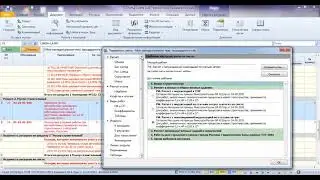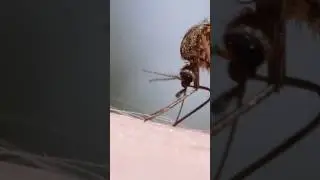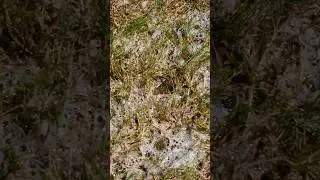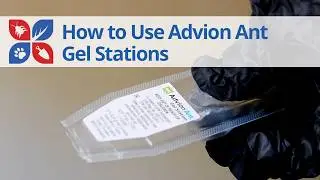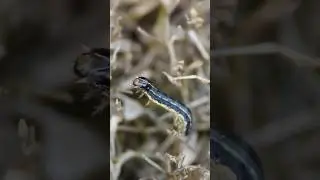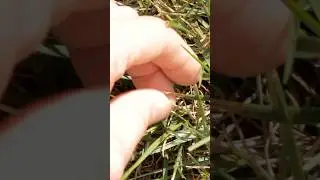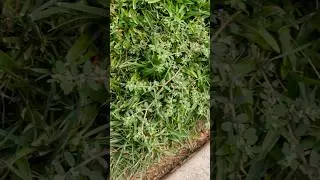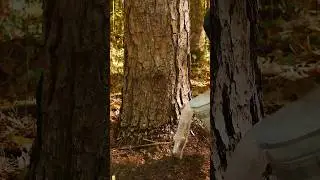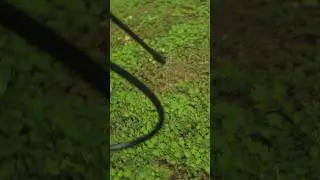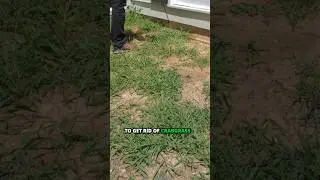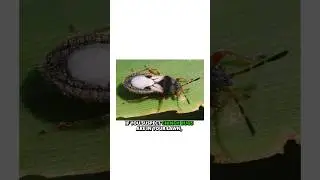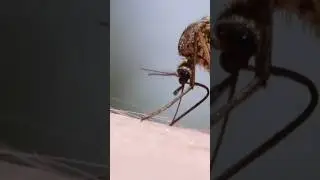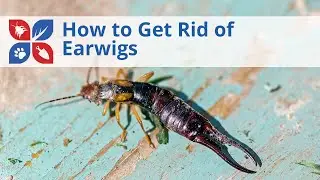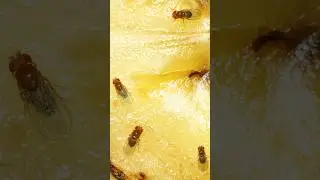How to Get Rid of Earwigs | DoMyOwn.com
Getting rid of earwigs can be tricky. Follow these simple tips to identify, find, and prevent earwigs from invading your home.
Click the link below to shop all products recommended by our pros mentioned in this video!
Our Pro Pick Products for Earwig Control...
Niban Granular Bait 4lb
Talstar P Insecticide
EcoVia WD
Essentria IC Pro Insecticide
Want to learn more? Check out our earwig pest control guides...
Earwig Identification Guide
Earwig Inspection Guide
Earwig Treatment Guide
Earwig Prevention Guide
Follow us on social media...
Facebook...
X...
Pinterest...
Instagram ...
--
0:31 Earwigs Identification
1:07 Earwigs Inspection
1:52 Earwigs Prevention
2:31 Earwigs Treatment
--
If you’ve seen a few too many pincer-wielding insects in your home or garden – you may be dealing with an earwig infestation. By following this step-by-step treatment guide, you can get rid of earwigs and keep them out of your home.
Earwigs – often referred to as “pincer bugs” for the aggressive-looking appendages coming from their lower abdomens – can make their way into homes in search of food and shelter. This name may be unnecessarily scary since earwigs don’t usually pinch humans or pets.
Aside from their distinctive pincers, or cerci, earwigs have one set of antenna and six legs. They have flat, thin bodies that are much longer than they are wide. Adult earwigs are generally just over a half-inch long, or about the same size as the tip of a pencil.
These omnivorous pests eat whatever they can find – including smaller insects, fungi, and algae. However, they prefer to feed on decomposing plants they find on the ground and the young leaves or petals or living plants. This diet makes earwigs a hazard to gardens and flower beds around your home.
Whether they are indoors or outdoors, earwigs are always in search of dark, damp places to take shelter. They can often be found in high-moisture areas including under layers of mulch or other organic clippings, in or around piles of firewood, among lawn clippings, and under other plant matter, especially if it has begun to decay.
If earwigs have made their way inside your home, you may be able to spot them around windowsills or doorframes, along baseboards, under kitchen or bathroom sinks, and in crawl spaces.
During this time, they will typically emerge from hiding at night to find food. In the winter months, earwigs can hibernate underground. You may not spot them during the cooler months, unless they are comfortable in your home and emerge to forage for food.
Your first line of defense for keeping these pincer bugs out of your home is to practice effective exclusion techniques—keep your lawn free of excess mulch and thatch, eliminate unused piles of wood, and maintain a working drainage solution to reduce the time the surface of your lawn stays damp.
Check for any cracks and crevices in your home’s perimeter that could serve as entry points for earwigs or other unwanted insect pests. Sealing these points will help keep earwigs out when they begin to seek shelter indoors.
Applying a perimeter barrier treatment around your home with an insecticide labeled for earwig control can keep crawling earwigs from finding their way inside. Spray an insecticide containing the active ingredients deltamethrin or bifenthrin for a quick knockdown of earwigs that may already be present, and a long-lasting residual for ongoing control against pincer bugs and other pests.
When applying one of these spray insecticides indoors, treat the areas where earwigs are most likely to hide—around windowsills and door frames, in cracks and crevices that can provide entry or shelter, and along baseboards and in corners. You can also place insect glue boards around your home to monitor for insect activity.
Earwigs in turf and landscaped areas can be treated with granular baits that include the same active ingredients. Spread the granular insecticide baits in affected areas and follow the label directions for usage amounts and watering recommendations.
Avoid using a granular bait in an area where a residual insecticide spray has been applied. This could deter the pests from eating the bait and render both treatments ineffective.
Be sure to read and follow the usage and application instructions on the label of any product you select to safely and effectively prevent and get rid of earwigs.
